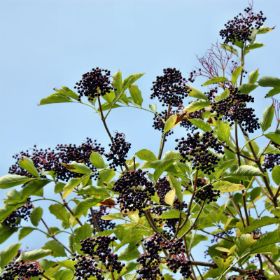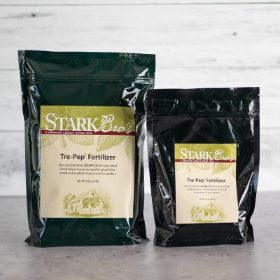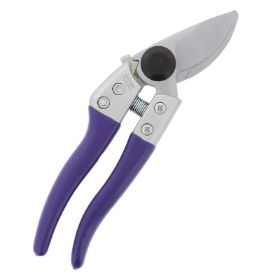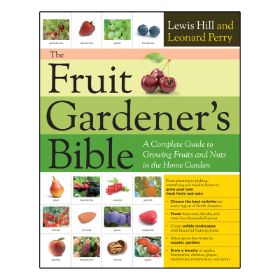Description
Sweeter and bigger berries than other elderberries. Discovered in 1999 in Osceola, Missouri. Contain more than four times the antioxidant value of cherries. Strong, productive plants are easy to maintain and produce large, ¼” elderberries for pie, jam, wine and syrup. Some resistance to Japanese beetles. Bird damage is somewhat naturally mitigated by the hanging flower heads, but it’s wise to net the plants before fruit ripens in July. Best pollinator: any other elderberry variety.
Note: Elderberries must be cooked before consumption. Consuming fresh elderberries can be toxic. Please ensure all berries are properly prepared before use.
Survival Guaranteed!
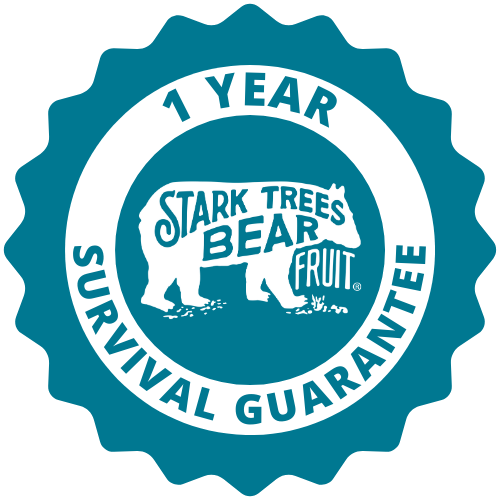

Since 1816, Stark Bro’s has promised to provide customers with the very best fruit trees and plants. It’s just that simple. If your trees or plants do not survive, please let us know within one year of delivery. We will send you a free one-time replacement, with a nominal shipping fee of $9.99. If the item in question is not available, we can issue a one-time credit to your account equaling the original product purchase price or issue you a refund. Read more about our warranty policy.
Characteristics
| Bloom Color | White |
| Fruit Color | Black |
| Fruit Size | Medium |
| Hardiness Zone Range | 3 - 9 |
| Pollination | Pollinator Required |
| Ripens/Harvest | July |
| Shade/Sun | Full Sun |
| Soil Composition | Loamy |
| Soil Moisture | Well Drained - Average Moistness |
| Soil pH Level | 5.5 - 6.5 |
| Years to Bear | 2 - 3 |
Size & Spacing
Mature Size
Recommended Spacing
Zone Compatibility
Pollination
This variety requires another one for adequate pollination.
Tools & Supplies
Planting & Care
Learn all about how to grow elderberry plants in The Growing Guide. An entire section of our website dedicated to your growing success.








